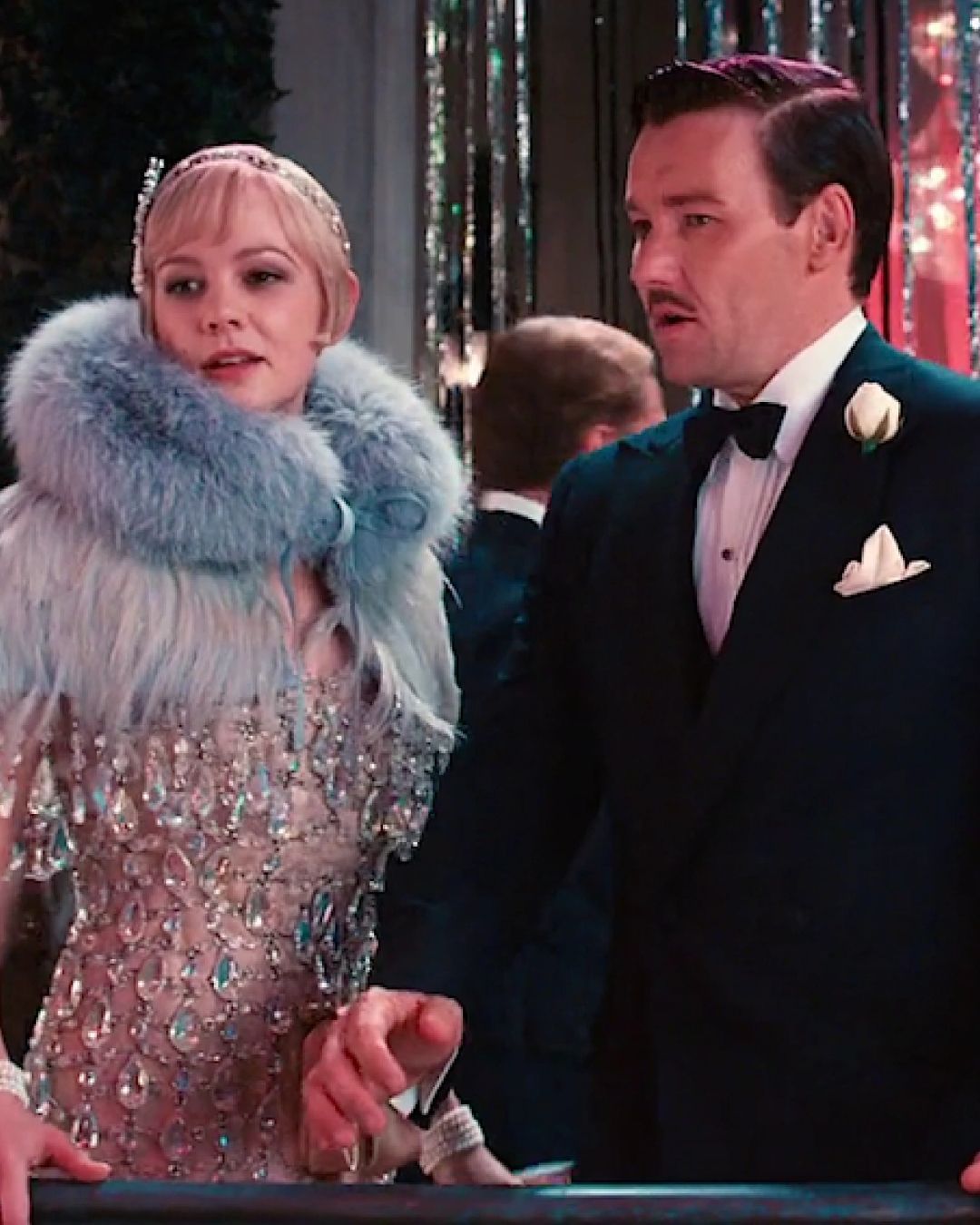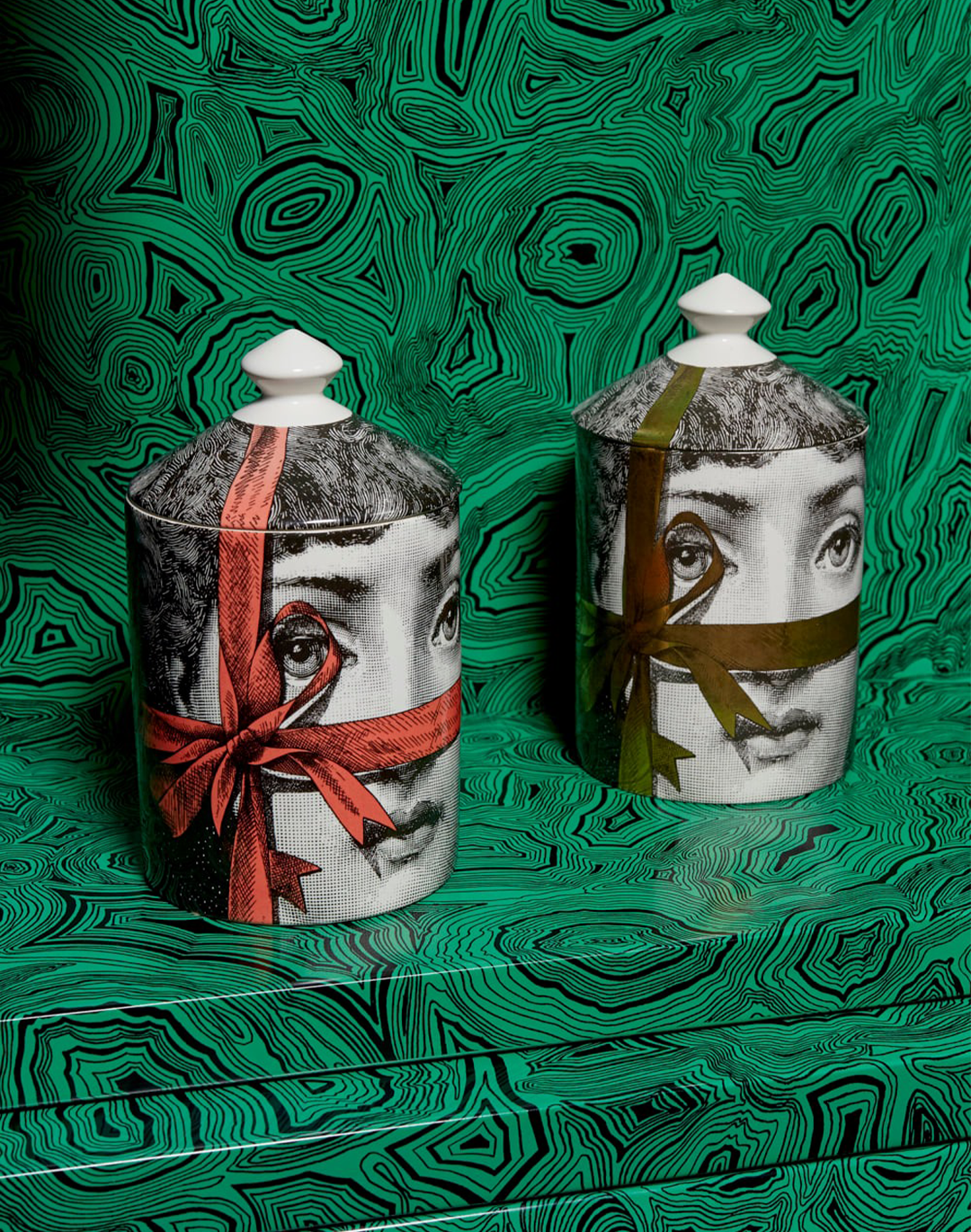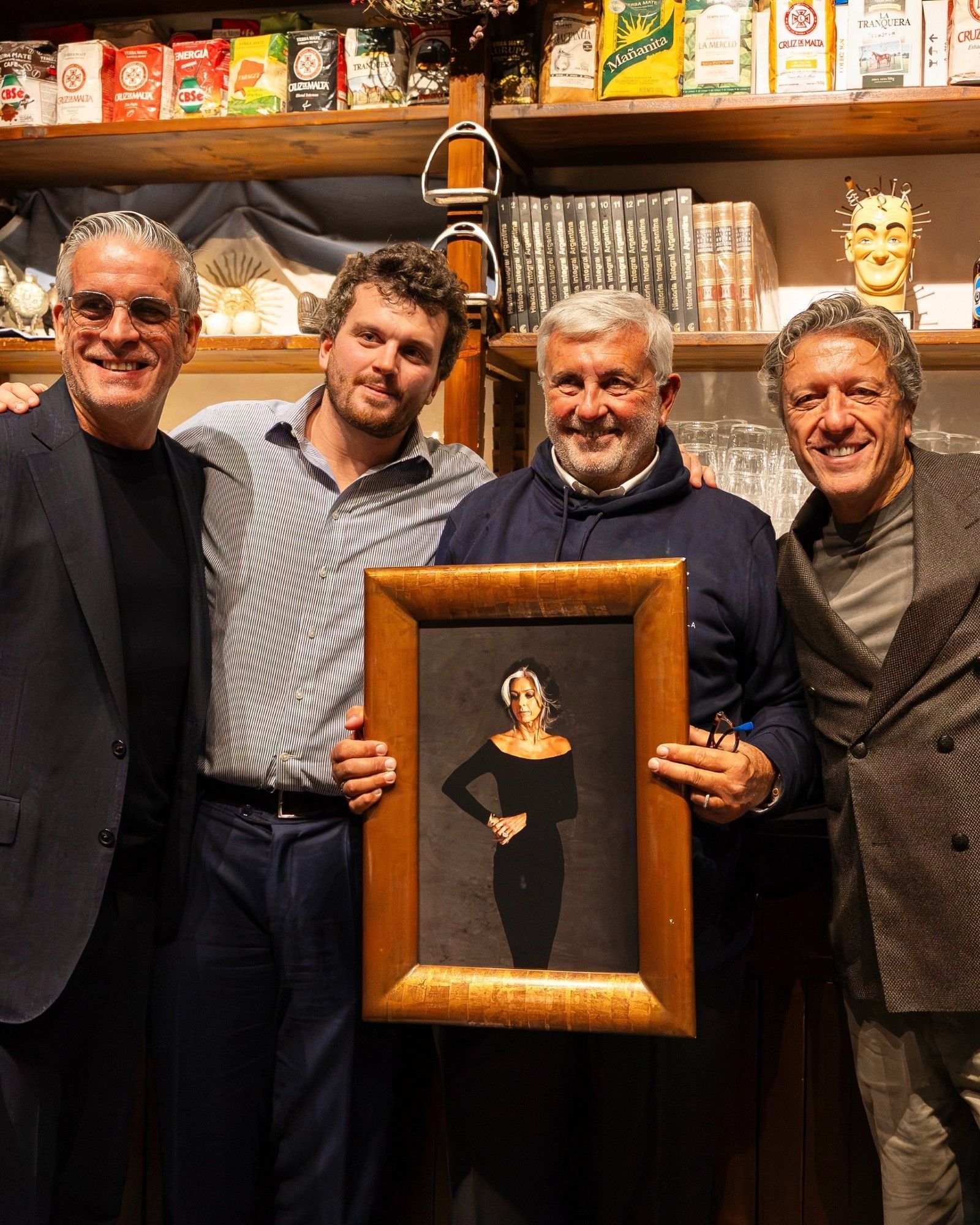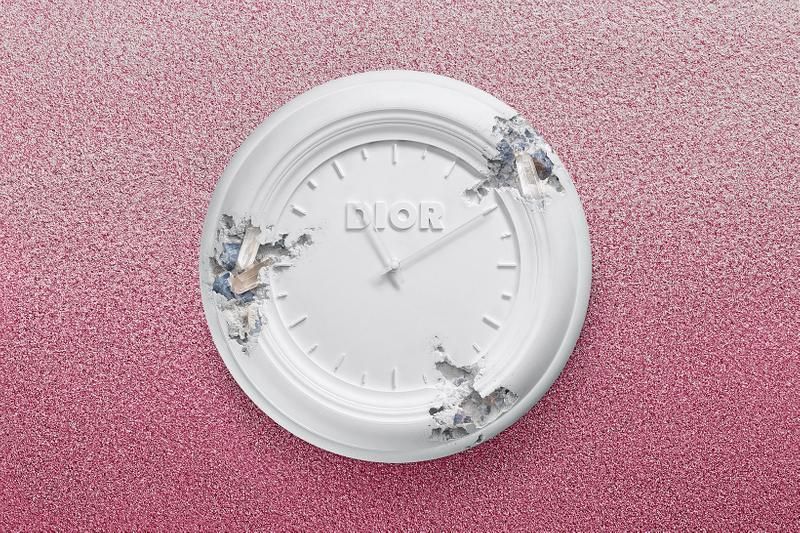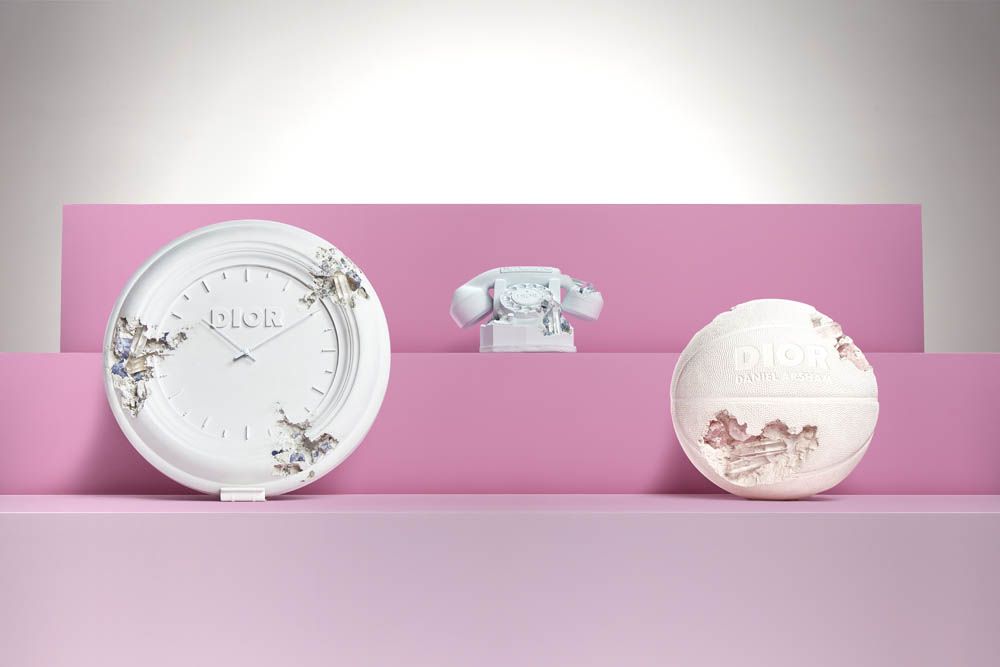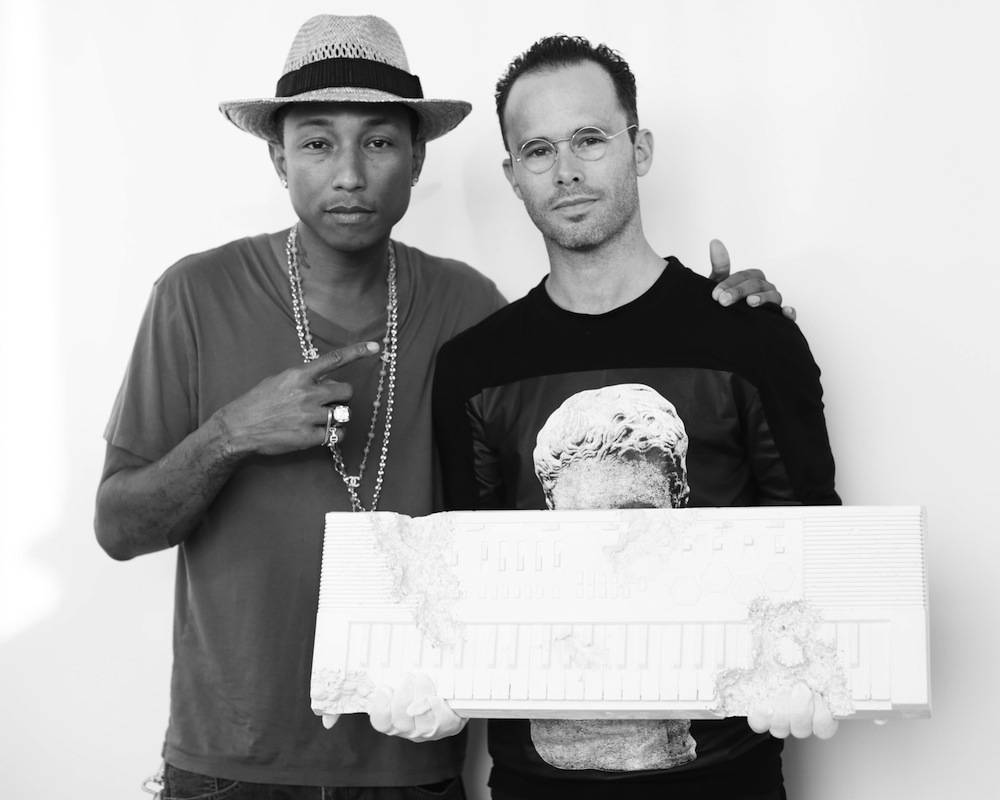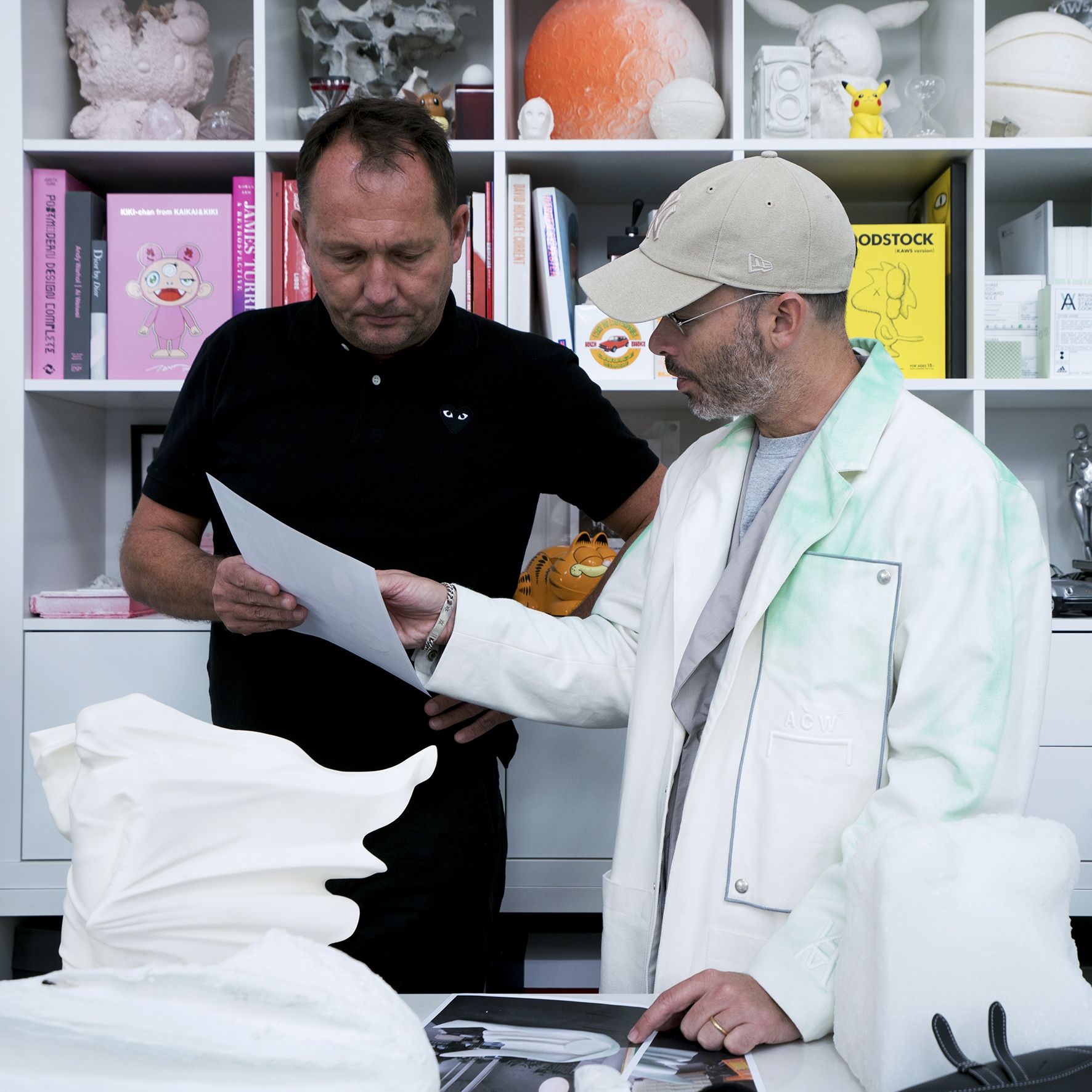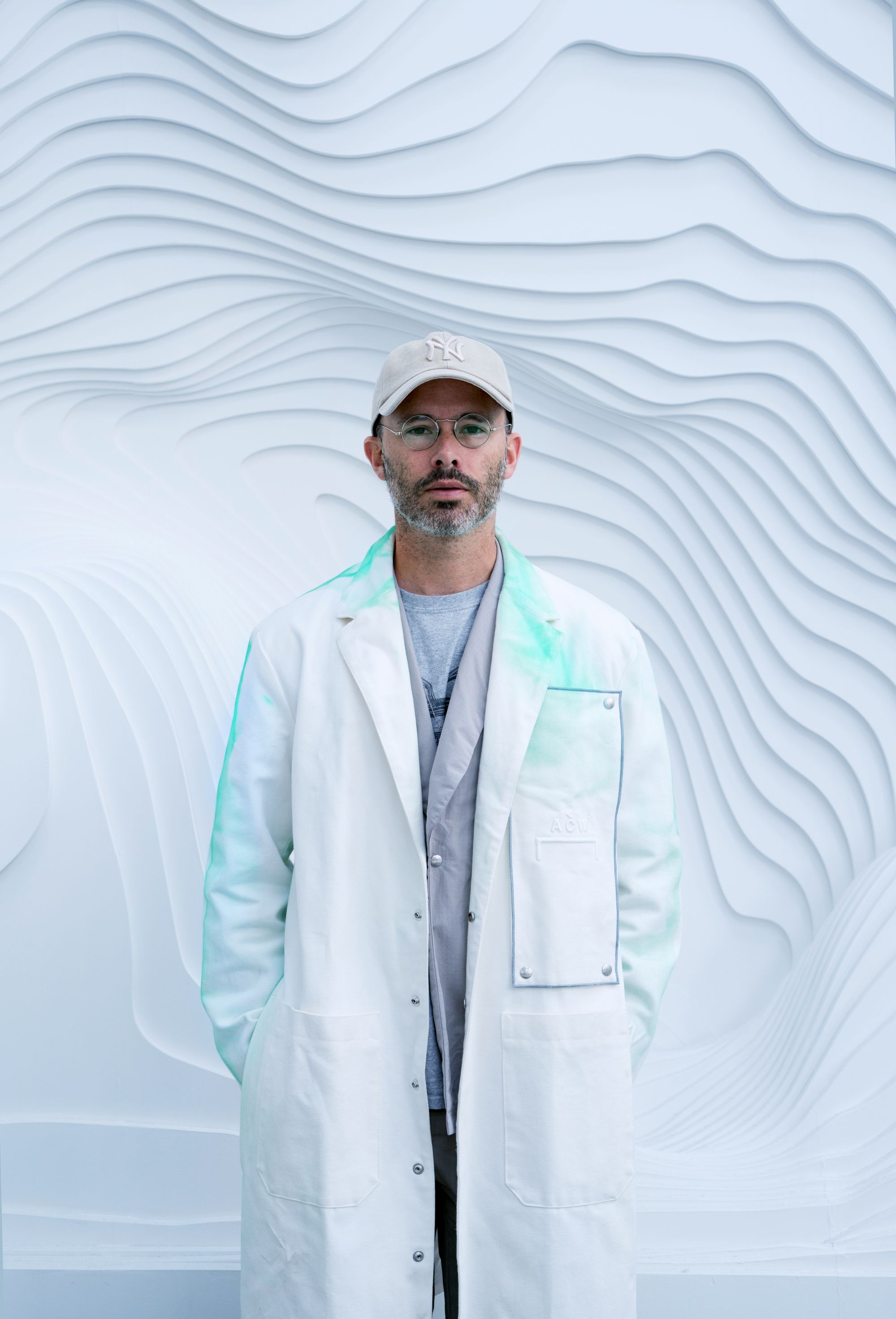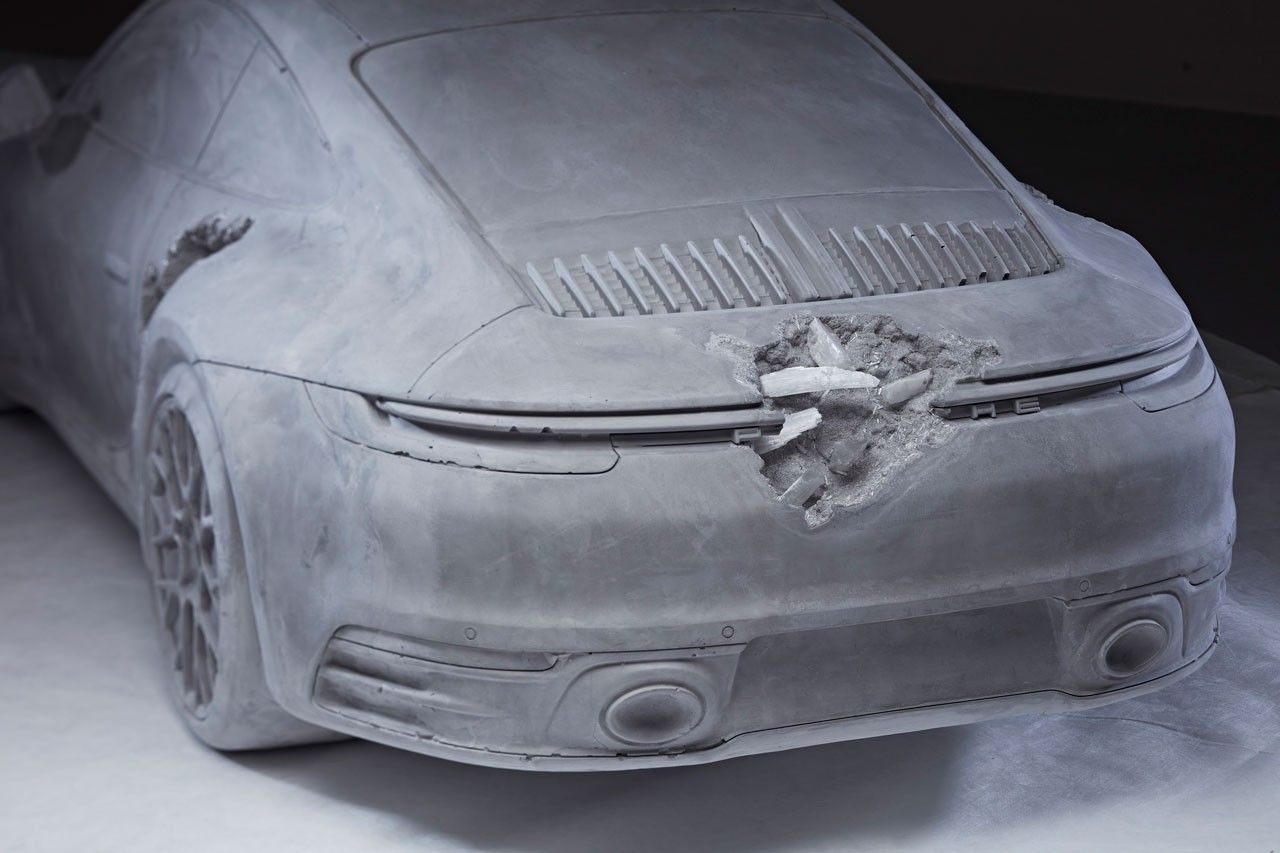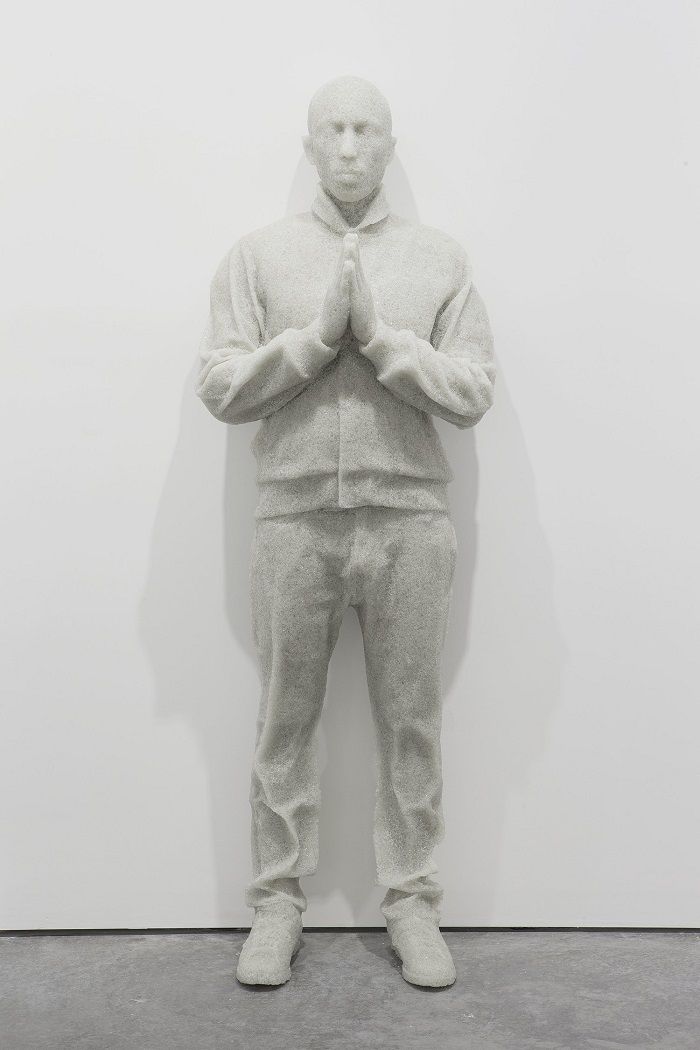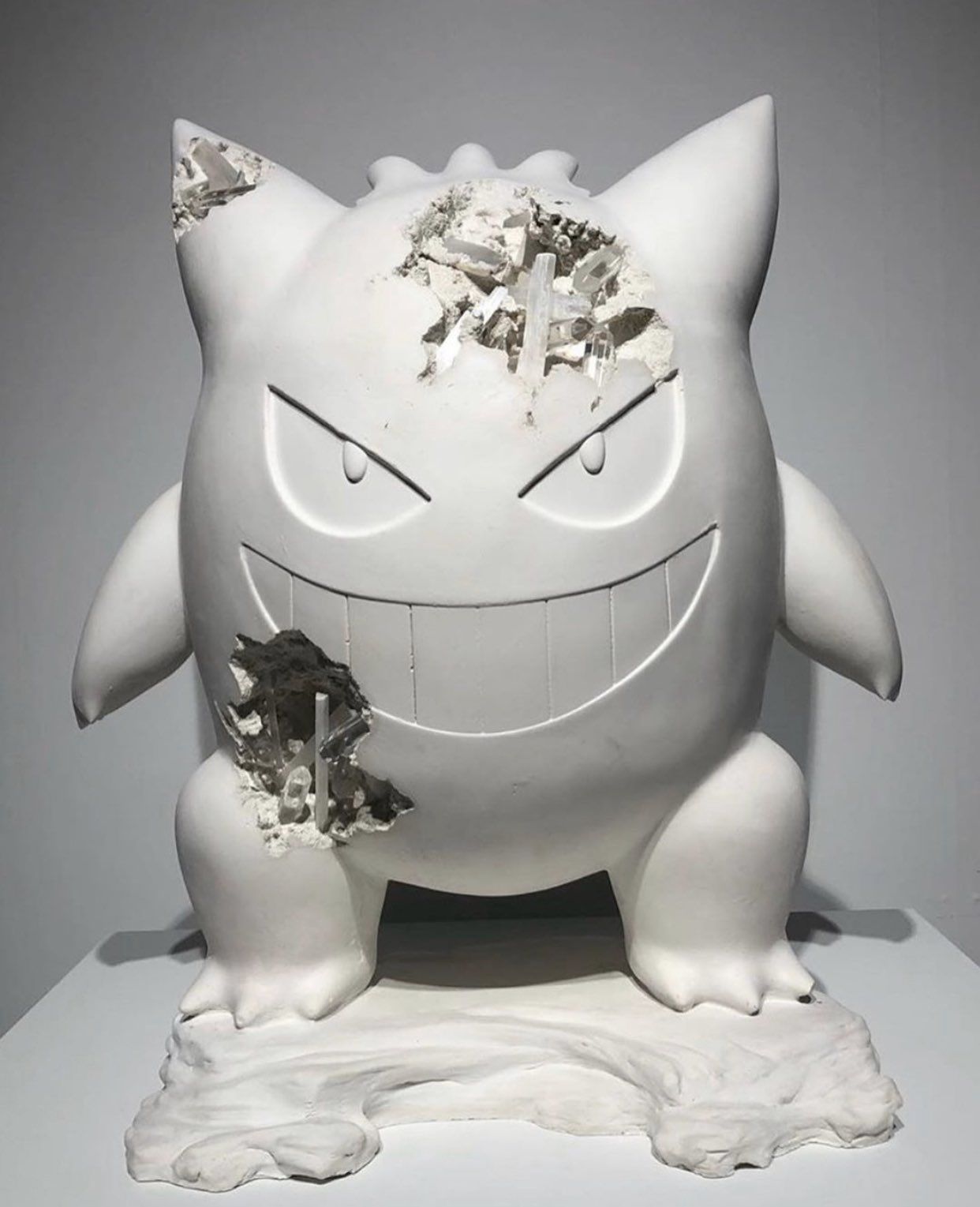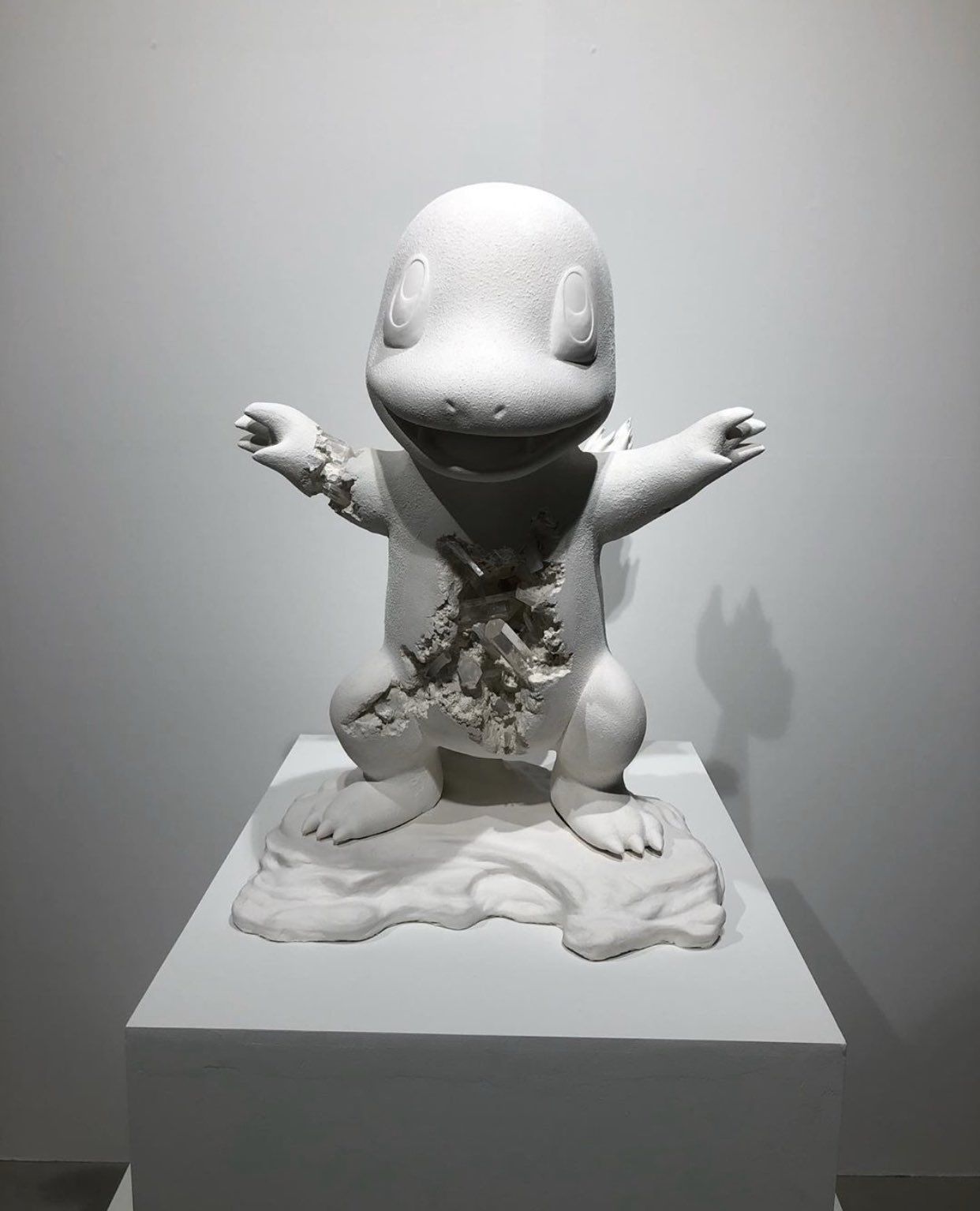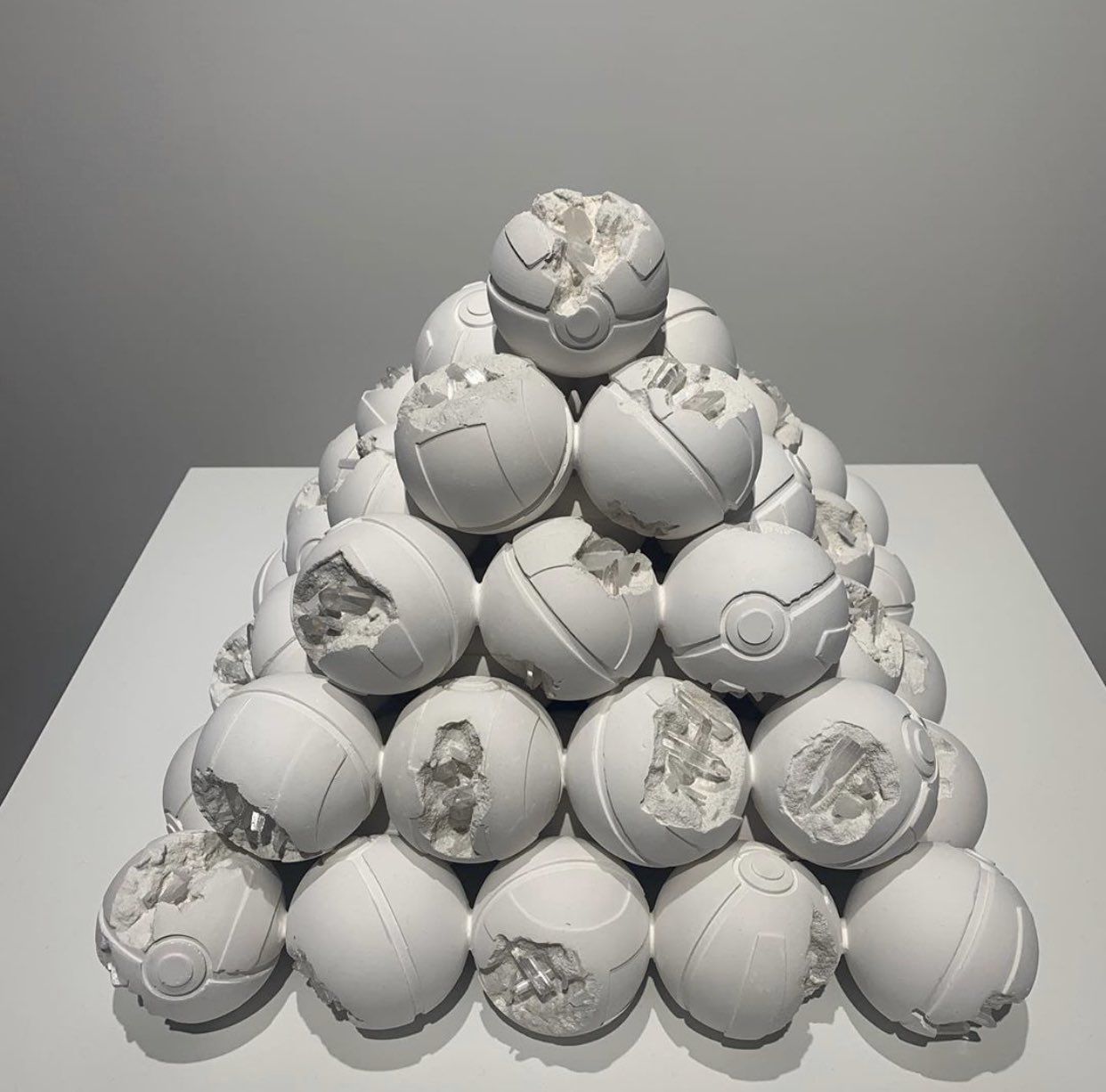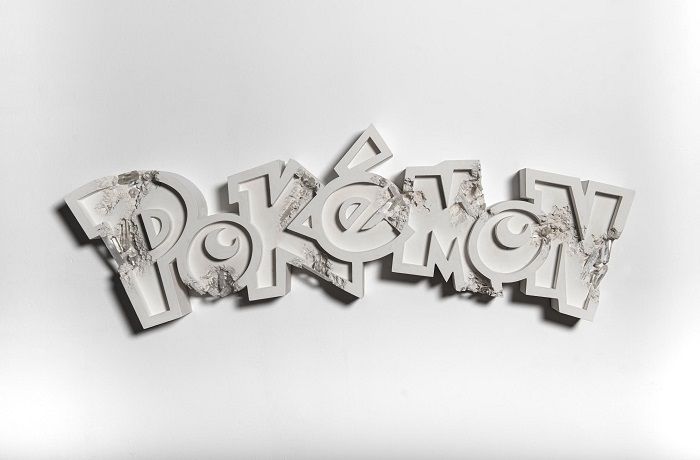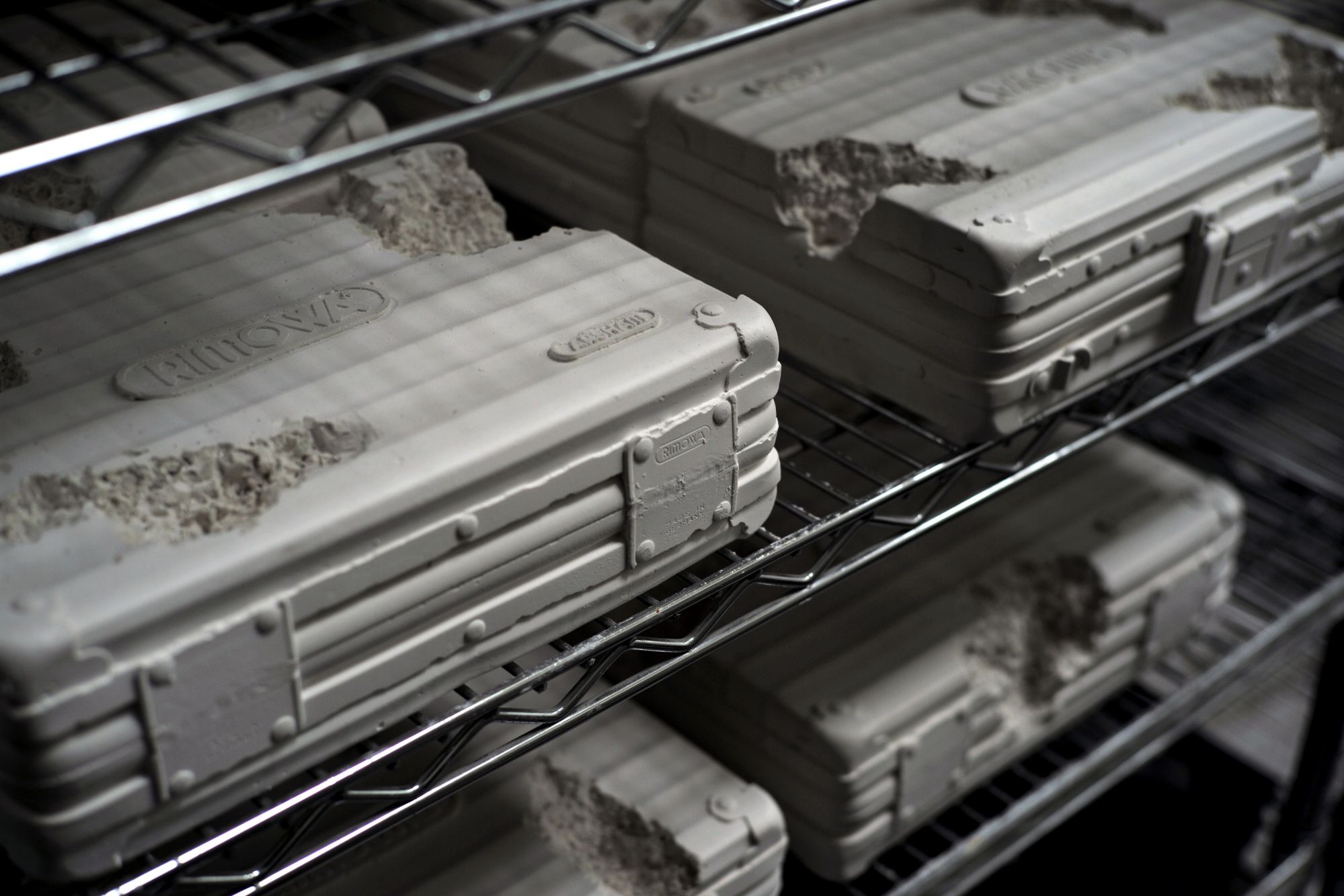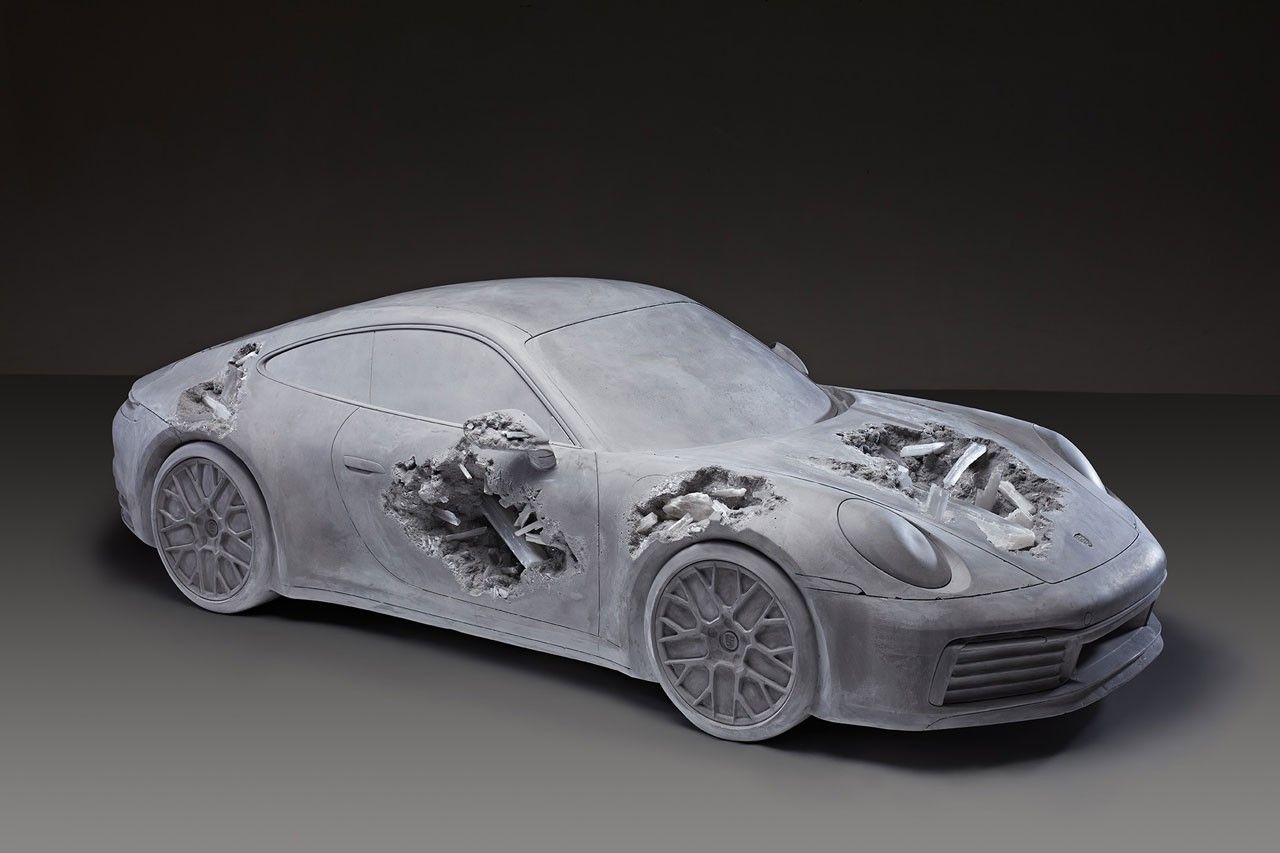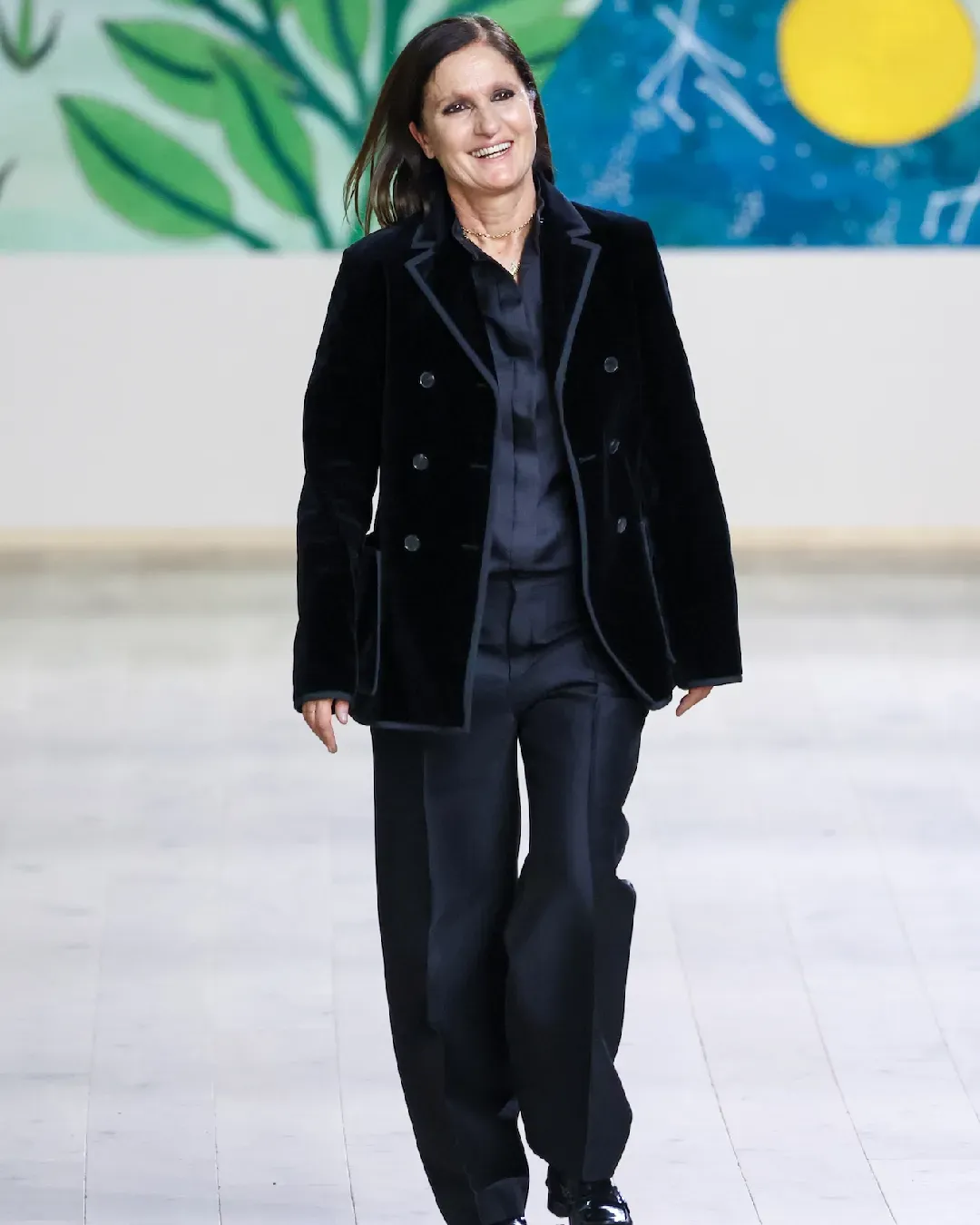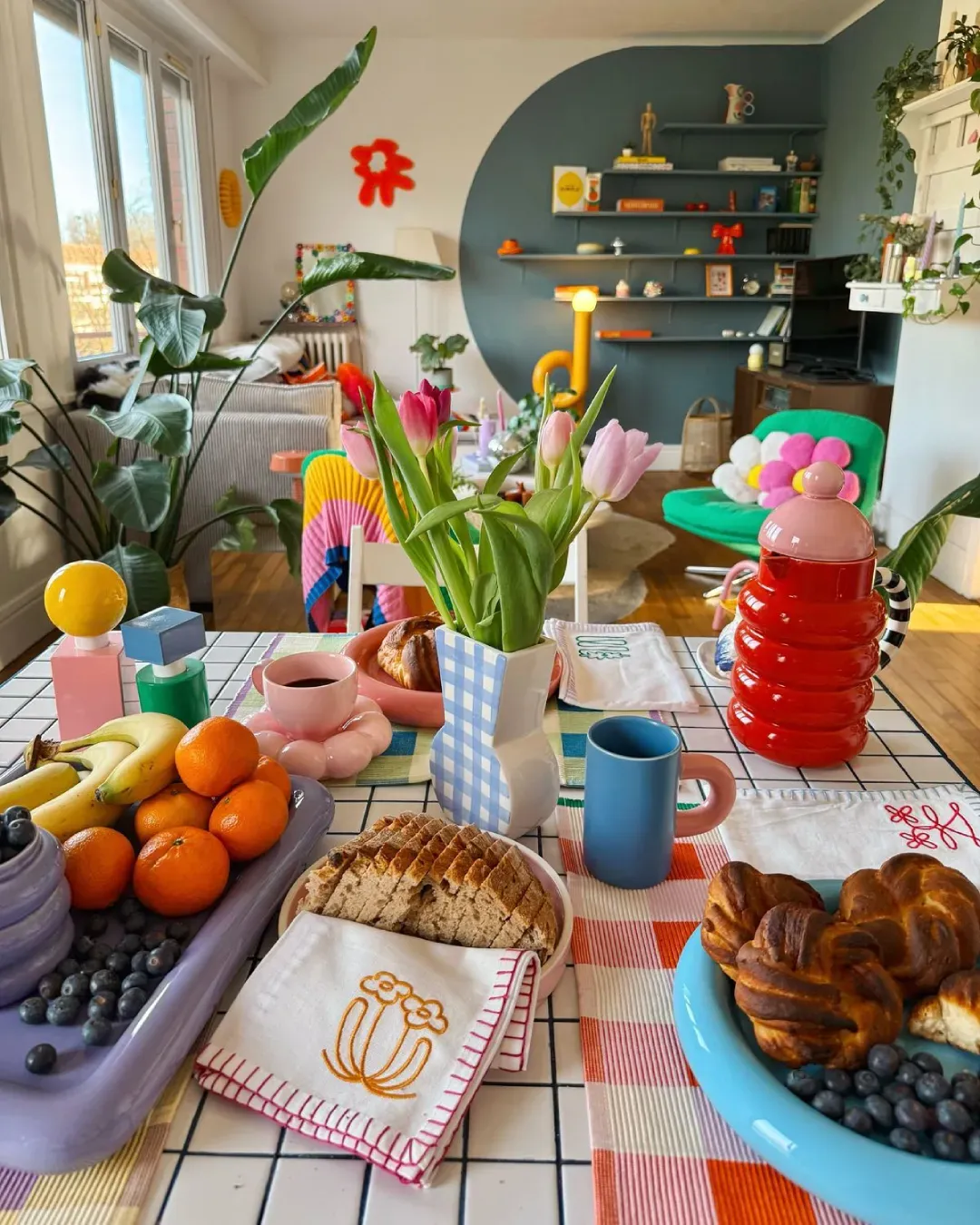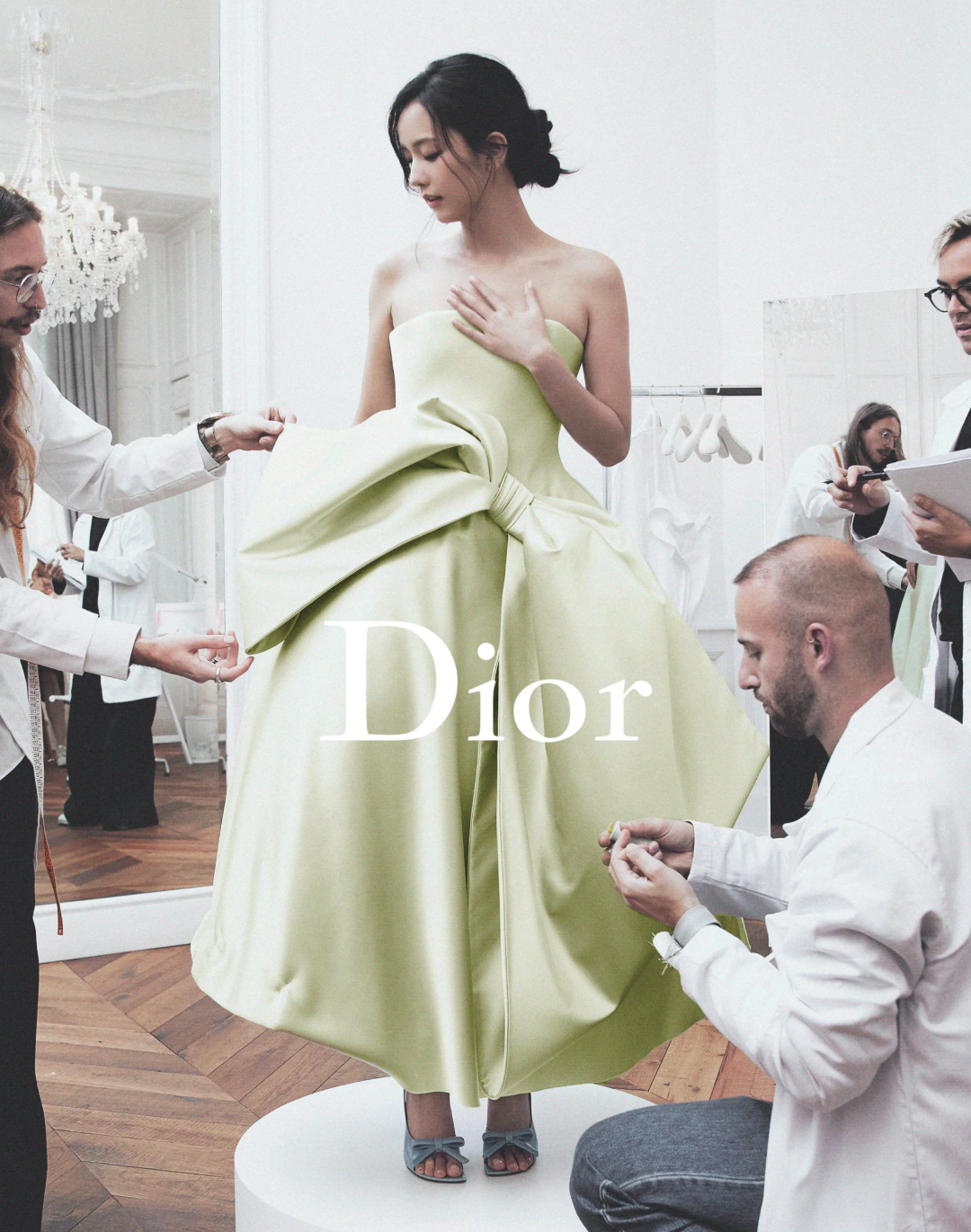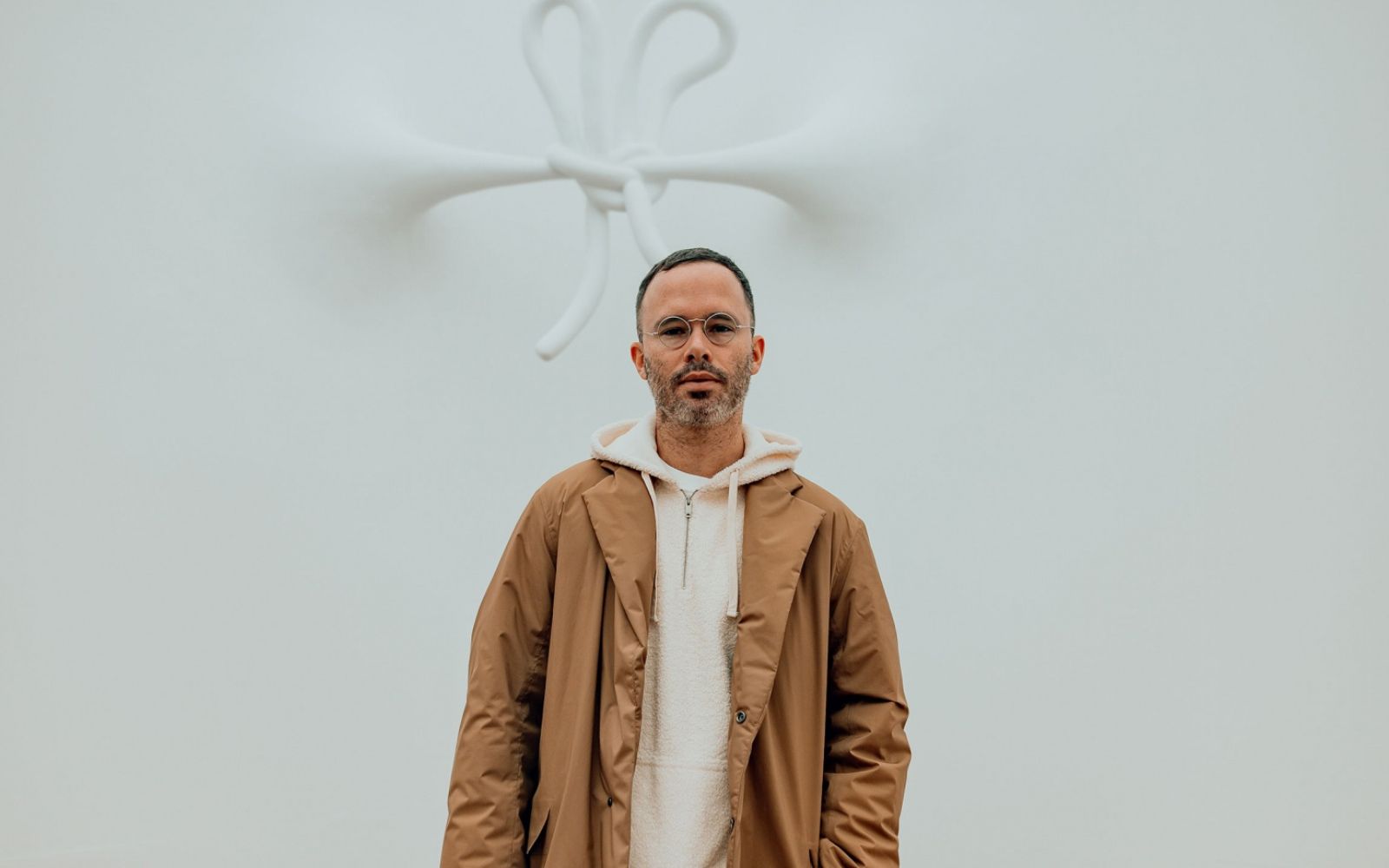
To bend space and time, interview with Daniel Arsham We spoke to the designer on the occasion of the presentation of his collaboration with IKEA
“One element that is present in dance and performance that is not present in a museum or a gallery is the element of time”
Whether you look at a Pikachu made of volcanic stone or a life-size Porsche, in all of Daniel Arsham's production time - in its various forms and declinations - is the protagonist. It is no coincidence that Arsham has created a moving clock - a clock that drags behind a wall, for the collaboration together for the IKEA Art Event 2021 in which he participated together with four other artists and designers. What makes Arsham special is just that: the ability to explore complexes through mainstream culture - ranging from a collaboration with Dior to IKEA, through Pokémon and KITH.
Born in Cleveland in 1980 and resident in New York, he is part of a new elite of creatives who have managed to free themselves from conceptual gallery art and fully immerse themselves in the multiform and cross-sectoral magma of contemporary culture. The appeal of Arsham's works to the general public has to do with many aspects of hype culture and streetwear: like Virgil Abloh, Kim Jones and Supreme, Arsham manages to play with the icons of post-capitalist contemporary culture while at the same time managing to offer a critique and exploit the marketing mechanisms. His interest in the concept of the perception of time and its passage clash sensationally with the speed and immediacy of contemporary culture, at the same time the ancient patina in his works is in conflict with the glossy and sparkling aesthetic they refer to.
nss magazine had the pleasure of talking with Arsham about his production on the occasion of the presentation of the IKEA Art Event 2021.
The IKEA collab reminds me of the first lockdown where space was limited and time was kinda distorted. Can you explain to me the concept of the clock and if it has anything to do with the pandemic and lockdown?
I made a lot of works around time that have clocks moving within the architecture, and I made a lot of works that confuses the sense of people's history. So time confusion and distortion is something I’ve been working on a lot. The collab actually doesn’t have anything to do with the pandemic, it was actually designed before anything of it began so it’s a coincidence that all of us are thinking so much about time scale because pandemic made the time move faster for some and slower for others. It made us more perceptive about the movement of time and our experience of it.
How and why do you become so fascinated by the interaction of time and space?
When I finished school, my first job was actually as a stage designer for a dance choreographer. One element that is present in dance and performance that is not present in a museum or a gallery is the element of time, so you experience this kind of moving art and you start to experience different expressions of time, so in some case, the performance will seem very long and sometimes very short, he was able to play with our experience. I find that very interesting and very useful: in many of my exhibitions I’ve also considered the way people physically moved through a show so I may use architecture to kinda slow people down. With walls or forced obstacles, time becomes part of the performance.
I find extremely fascinating your point of view on the hype culture and the decontextualization of objects. How does contemporary art today interact with the mainstream culture - like sneakers or Pokemon or IKEA?
In some ways, it feels new that things like Nike, Pokemon are combined with contemporary art in our everyday life, but we are not the first generation of artists to do that, pop artists like Warhol did that. But If we also go back to the Roman era, sculptures of gods or generals were like the icons of their period, and now it’s Mickey Mouse or Pikachu and I try to read them in the same way. The best thing for me about the Ikea Project beyond the objects that all the artists made, is the reach that it will get. Not everyone has a gallery or a museum in the place where they live or they don’t have any opportunity to see objects like this.
The hype culture has changed something in the creative process in many sectors: what is it? And why does this kind of cultural process work so well for sneakers and fashion in general?
Part of it has to do with creators and heads of Fashion houses, like Virgil, Kim, Matthew Williams. We all grow up in certain areas, and for me, Jordan was an aspirational object, something that I was looking to get at some point, especially when you don’t have the resources to afford it. So Jordan has that distinguishing factor because it was aspirational and full of meaning for a certain community.
Why do you think luxury has changed its meaning?
Yes, it’s a cultural process. I think it is really about the perspective of the creator now: Virgil has done a lot in that space, but back in the days Galliano created a narrative universe that was interesting for a certain consumer in similar artist do.
You are also the creative director of an NBA franchise. It’s a pivotal move confirming that the sports sector is moving forward with a more cross-sectoral approach. Can you tell us a little bit more about working with the Cleveland Cavs?
I'm honoured to have a position that is unique because the title of creative director didn’t really exist before this. Part of my thinking was to blend basketball that is such an important part of American culture with art, design and fashion. My feeling with the Cavs was: How can I speak to audiences that don’t necessarily follow basketball but also how can I interpret the team, the logo and the product we produce in cultural objects. You can be in Japan and see a kid walking around with a Lakers jersey and maybe he doesn’t have any idea who’s currently on the team and how the team is doing in that season but he’s wearing the jersey because of identity and what it represents to him. This is a really interesting prospect.
I've always been fascinated by the fact that we live in a very complex world, that humans are giving up on trying to explain and make a sense out of it. Art and design should play a role in this: what is the artist’s role in regard to reality and how will it change?
So I would agree with this sentiment, that human nature and the world we live in is impossible to understand with a rational approach. One artist function certainly interprets reality, but another one that artists have done is creating a language system that functions outside the restraints of language. So a work of art could be understood in any language without the need to learn that language. So to me, the artist job is about the creation of a different type of meaning set, that is ultimately a different language for communication to better sense what’s happening in the world.


